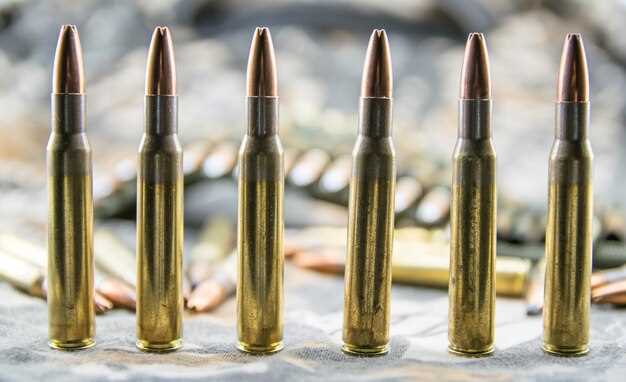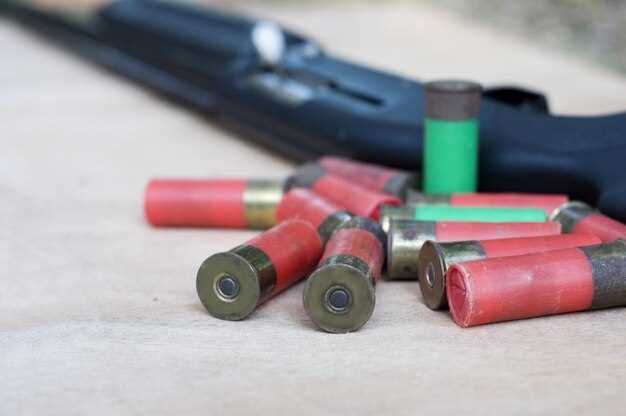
Rimfire vs centerfire ammo – what’s the difference?

Ammunition is a crucial aspect of firearms, and understanding the different types available can significantly impact performance and usability. Among the various categories of ammunition, rimfire and centerfire are two primary types that are widely used by shooters across the globe. Each type has its unique characteristics, especially concerning the mechanism of ignition that initiates the firing process.
In rimfire ammunition, the primer is located in the rim of the cartridge case. This design means that the entire rim must be struck in order to ignite the primer and fire the round. Rimfire cartridges are typically less powerful and are often used for small game hunting, target shooting, and training purposes. The affordability and simplicity of these rounds make them popular among novice and experienced shooters alike.
Conversely, centerfire ammunition places the primer in the center of the cartridge base. This design allows for a more robust and reliable ignition system capable of handling higher pressures. Centerfire rounds are favored for most self-defense, law enforcement, and military applications due to their versatility and effectiveness in various calibers. Understanding these fundamental differences in ignition systems can help shooters make informed choices when selecting ammunition for their specific needs.
Understanding Ignition Systems in Rimfire vs. Centerfire Ammo
The ignition system is a critical component that differentiates rimfire and centerfire ammo. Each type has its unique method of ignition, which directly influences performance, reliability, and suitability for various applications.
Rimfire ammunition features an internal primer that is located in the rim of the cartridge case. This design allows the firing pin to strike the outer edge of the case, igniting the primer compound within the rim. Rimfire ammo is typically less expensive to manufacture and is commonly used in smaller calibers, such as .22 LR. However, it is not as robust as centerfire due to the thin construction of the rim, which can lead to failures in ignition under heavy use or adverse conditions.
In contrast, centerfire ammunition uses a primer that is situated in the center of the cartridge base. This system allows for a more reliable ignition because the primer can be designed to withstand more significant impact and pressure. Centerfire ammo is available in a broader range of calibers and is favored for various shooting activities, including hunting and competitive shooting. The centerfire design also permits the use of reloadable cases, which is important for enthusiasts seeking to customize their ammunition.
Understanding these ignition systems is essential for selecting the appropriate type of ammo for specific shooting needs. While rimfire is ideal for casual shooting and small game hunting, centerfire offers greater versatility and reliability for more demanding applications.
Comparing Performance and Applications of Rimfire and Centerfire Cartridges

Rimfire and centerfire cartridges are two distinct types of ammunition, each designed for specific purposes and exhibiting unique performance characteristics. The fundamental difference lies in the ignition system. Rimfire cartridges feature a primer embedded in the rim of the cartridge case, while centerfire cartridges have the primer located in the center of the case. This basic design distinction leads to varying applications and performance outcomes.
Rimfire ammunition is generally known for its lighter recoil, lower cost, and ease of use, making it a popular choice for recreational shooting, plinking, and small game hunting. The typical caliber for rimfire is .22 LR, which offers moderate velocity and sufficient accuracy for short-range engagements. However, rimfire cartridges are limited in their ability to handle high-pressure loads, restricting their effectiveness in larger game hunting or self-defense situations.
In contrast, centerfire cartridges are capable of generating higher pressures and velocities, resulting in superior stopping power and longer effective range. They are the preferred choice for applications such as hunting larger game, target shooting, and law enforcement use. The versatility of centerfire ammunition allows for a wide range of calibers, from .223 Remington for varmint hunting to .45 ACP for self-defense, showcasing the adaptability of this cartridge type across various shooting disciplines.
When comparing the two, performance metrics such as accuracy, velocity, and recoil must be factored in. Rimfire ammunition is often praised for its high accuracy at short distances, making it ideal for beginners. Conversely, centerfire ammunition offers enhanced performance at longer distances, proving effective in competition shooting and tactical scenarios.
In summary, the choice between rimfire and centerfire cartridges ultimately depends on the intended application. Rimfire is excellent for casual shooting and small game, while centerfire excels in scenarios requiring higher power and versatility. Understanding these differences in ignition and performance is crucial for selecting the appropriate ammunition for specific shooting needs.
Choosing the Right Ammo Type for Your Firearm and Purpose

Selecting the appropriate ammo type is crucial for achieving optimal performance with your firearm, whether for hunting, sport shooting, or self-defense. The primary distinction lies between rimfire and centerfire ammunition, each suited for different applications.
Rimfire ammo, such as the popular .22 LR, is typically used for small game hunting and recreational shooting due to its lower cost and reduced recoil. Its design features the primer located in the rim of the cartridge, allowing for simpler manufacturing and lighter weight, making it ideal for novice shooters or those looking to hone their skills.
On the other hand, centerfire ammo covers a broader range of calibers and is preferred for applications requiring greater stopping power and accuracy, such as self-defense and larger game hunting. The primer is located in the center of the cartridge, enabling reloadable cases and variably powerful loads, which can be tailored to specific needs.
When selecting ammo, consider the intended use of your firearm. For target shooting and practice, rimfire offers economical options, while centerfire excels in situations demanding reliability and effectiveness, particularly in defensive scenarios. Understanding the key differences between ammo types ensures you make an informed decision that aligns with your shooting goals.




